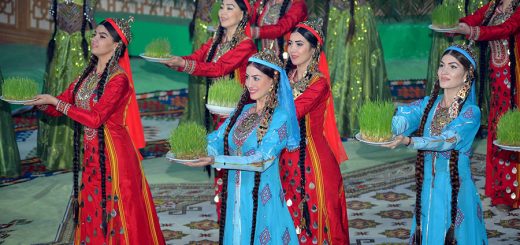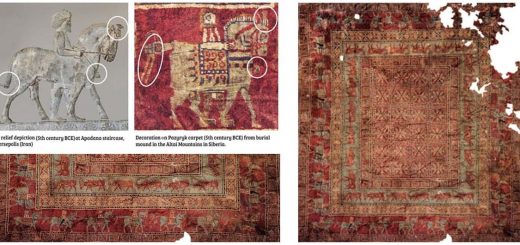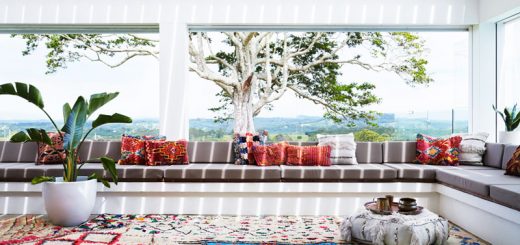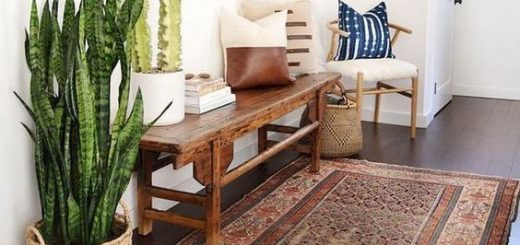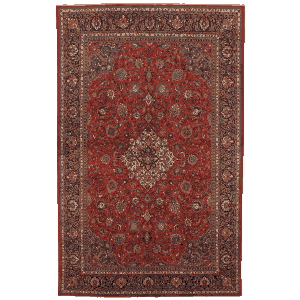How to Tell if a Persian Rug Is Valuable
Owning a Persian carpet is like owning a valuable piece of history. Genuine carpets from Iran, formerly known as Persia, are treasured by collectors world-wide. Famed for the beauty of their patterns, their intricately woven colors, durability and the years of labor that went into making each carpet, Persian rugs add an element of class to any environment.
Handmade
Authentic Persian rugs are handmade on looms placed in the home of the man or woman weaving it, as it takes almost a year to complete the carpet. Turn your rug over and examine the stitching for slight irregularities in the weave, an indication of the handmade process. You can also see a clear pattern of the carpet on the underside of a handmade rug. On the topside, fold the carpet, revealing the tufts. Check to be sure the color goes to the base of each tuft and look for knots at the base. These are also indicators that the rug is handmade. Handmade Persian rugs are considerably more valuable than machine-made rugs.
Wool
Several types of wool are used in making Persian carpets, and the type of wool reflects in its value. If yours has a sheen that increases with age, your wool was taken from a live animal. The lanolin and oils contained in the fibers prolong the life of your carpet and are softer than other wool. Carpets made of dead and recycled wool are dull and rough to the touch, giving them little value.
Silk
Silk Persian rugs are also valuable, but distinguishing real silk from manufactured is difficult. The holy village of Qum (Qom), in southern Iran, is noted for their silk rugs, with many used for daily prayers because of their lightness of weight and portability. Identify a true silk rug by rubbing the palm of your hand over the surface for several seconds. If your hand becomes warm, the silk is real. Manufactured silk doesn’t warm to the hand. Silk carpets have a high sheen, tight weave and a fringe of real silk.
Age
The older your rug, the more valuable it is. In fact, some rug merchants in the past wouldn’t sell a newly made carpet, instead waiting several years for it to age so it would bring more money. Washing with chemicals, fading and repairs that are poorly made affect the value of your carpet.
Design
Several Persian towns are synonymous with the term Persian carpets. If yours is typical of the 19th-century Kerman, Tabriz or Kashan styles, with fully executed designs, fringe woven into the carpet and slight signs of wear, you possess one of the most valuable of Persian carpets.

